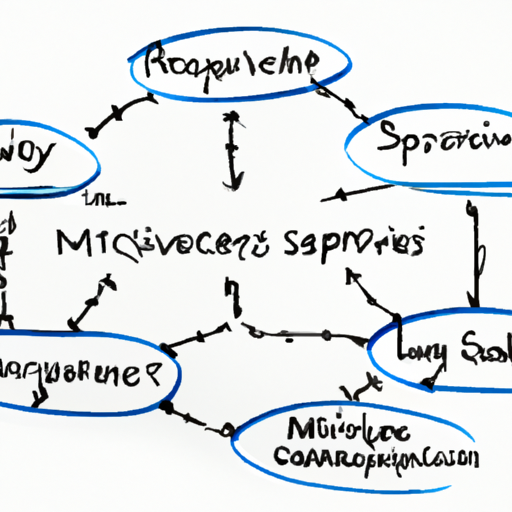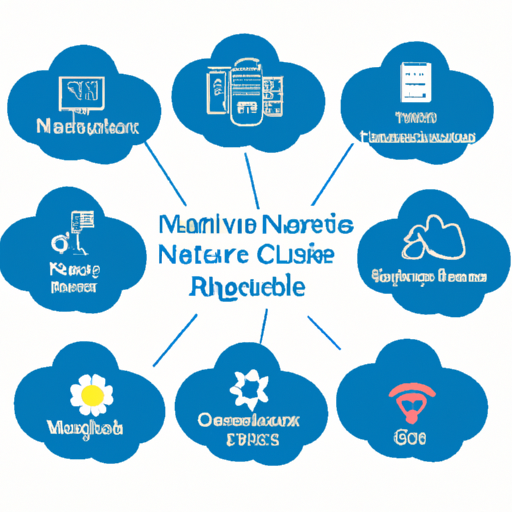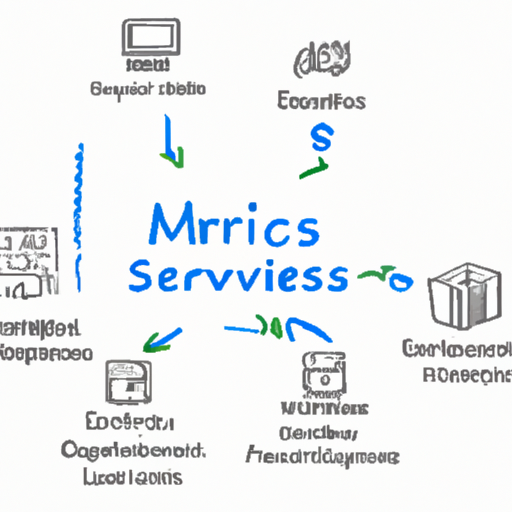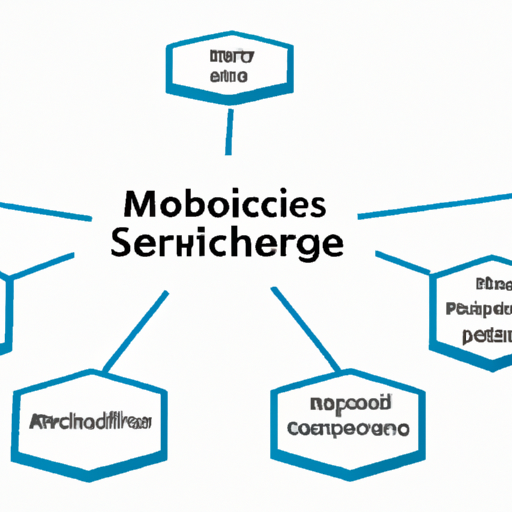In the ever-evolving landscape of software development, microservices architecture has emerged as a game-changer. It allows developers to break down complex applications into smaller, manageable services that can be developed, deployed, and scaled independently. Let’s delve into what makes microservices a preferred choice for modern development teams.
What are Microservices?
Microservices are a software architectural style that structures an application as a collection of small, loosely coupled services. Each service is self-contained and focuses on a specific business capability, making it easier to maintain and scale applications as needed.
Benefits of Microservices Architecture
- Agility: Microservices enable teams to be more agile by allowing parallel development and quicker deployments. This aligns with the agile methodology, fostering collaboration among teams and enhancing productivity.
- Scalability: With microservices, services can be scaled independently based on demand. This flexibility optimizes resource use and improves the user experience.
- Resilience: If one microservice fails, it doesn’t affect the entire system. This resilience is crucial for maintaining uptime and improving the overall reliability of applications.
- Technology Diversity: Different microservices can be built using different technologies and languages, allowing teams to choose the best tools for the job.
Challenges in Implementing Microservices
Despite the many advantages, organizations face challenges when transitioning to microservices. These include:
- Complexity: Managing multiple services introduces complexity in architecture and operations.
- Data Management: Ensuring data consistency across microservices requires careful planning and implementation.
- Deployment and Operations: Implementing robust DevOps practices is essential for effective deployment and operation of microservices.
The Future of Microservices
As businesses strive for faster delivery, enhanced scalability, and better alignment with customer requirements, microservices architecture will continue to play a pivotal role in the software development landscape. With the rise of cloud computing and containerization technologies like Docker and Kubernetes, adopting microservices is becoming more accessible than ever.
Conclusion
In conclusion, microservices architecture provides a significant advantage in developing and maintaining modern applications. By embracing this approach, organizations can achieve greater flexibility, speed, and resilience in their software development efforts.













